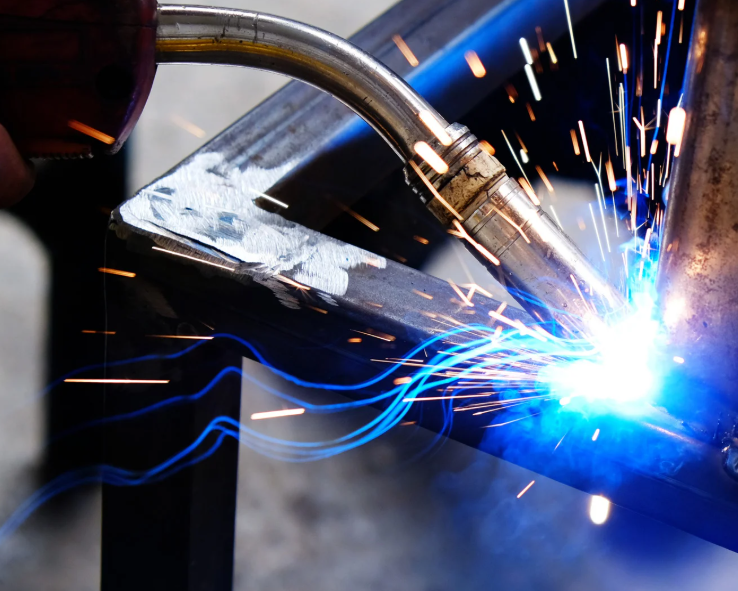
Modern metalwork demands both raw strength and surgical precision to meet today’s tough standards. Industrial welding and fabrication GTA companies excel at combining these elements to create products that withstand extreme conditions. These skilled craftsmen use cutting-edge technology with time-tested methods to deliver projects that exceed client expectations.
Advanced Technology Drives Results
Robotic welding systems deliver consistent quality while reducing human error. Computer-guided plasma cutters slice through thick steel with laser accuracy. 3D modeling software lets engineers test designs before cutting the first piece. These tools transform raw metal into complex structures with minimal waste.
Automation Transforms Production
Automated welding delivers perfect penetration and bead appearance on every joint. Robotic arms work around the clock without fatigue or breaks. Computer vision systems inspect welds in real-time, catching defects before they become problems. These advances boost both quality and production speed.
Material Science Advances
Modern alloys offer strength-to-weight ratios that seemed impossible just decades ago. High-strength low-alloy steels provide structural integrity while reducing overall weight. Stainless steel grades resist corrosion in harsh chemical environments. Aluminum alloys combine light weight with excellent thermal properties.
Quality Control Standards
Modern fabrication requires strict adherence to industry standards and codes. AWS welding certifications verify welder skills and procedure compliance. Non-destructive testing methods like ultrasonic inspection detect internal flaws without damaging finished products. X-ray imaging reveals weld quality throughout joint thickness.
Documentation systems track every step from raw material receipt to final inspection. Digital records provide full traceability for critical applications. Quality management systems prevent defective products from reaching customers while identifying process improvements.
Specialized Welding Processes
Different applications demand specific welding methods for optimal results:
• TIG welding provides precise control for thin materials
• MIG welding offers high speed for production work
• Stick welding handles outdoor and windy conditions
• Flux-cored welding penetrates thick sections deeply
• Plasma cutting shapes complex profiles accurately
Each process requires specific equipment, consumables, and operator training. Shops invest in multiple systems to handle diverse customer needs efficiently.
Safety Innovation
Modern fabrication shops prioritize worker safety through advanced protective systems. Automated ventilation removes harmful fumes from work areas. Robotic systems handle dangerous tasks like high-temperature operations. Personal protective equipment continues improving with lighter, more comfortable designs.
Safety training programs keep workers updated on best practices and new hazards. Digital monitoring systems track environmental conditions and alert supervisors to potential problems. These measures protect valuable employees while maintaining productivity.
Project Planning Excellence
Successful fabrication starts with detailed project planning and engineering analysis. CAD software creates precise drawings that eliminate measurement errors. Finite element analysis predicts how structures will perform under load. Material optimization software minimizes waste while meeting strength requirements.
Timeline planning coordinates material delivery, production scheduling, and installation deadlines. Project managers track progress against milestones, adjusting resources as needed. Clear communication keeps all stakeholders informed throughout the process.
Industry Growth Outlook
The metal fabrication industry expects robust growth through 2025 according to industry panel discussions. Panelists predict strong demand driven by infrastructure projects, energy development, and manufacturing expansion.
These advanced processes offer precision and speed advantages for specialized applications. Investment in training and equipment positions shops to capture emerging opportunities.
Metal fabrication continues evolving through technology advances and skilled craftsmanship. Shops that embrace automation while maintaining human expertise deliver superior results. The combination of strength and precision defines excellence in modern metalwork, creating products that meet the most demanding applications.




